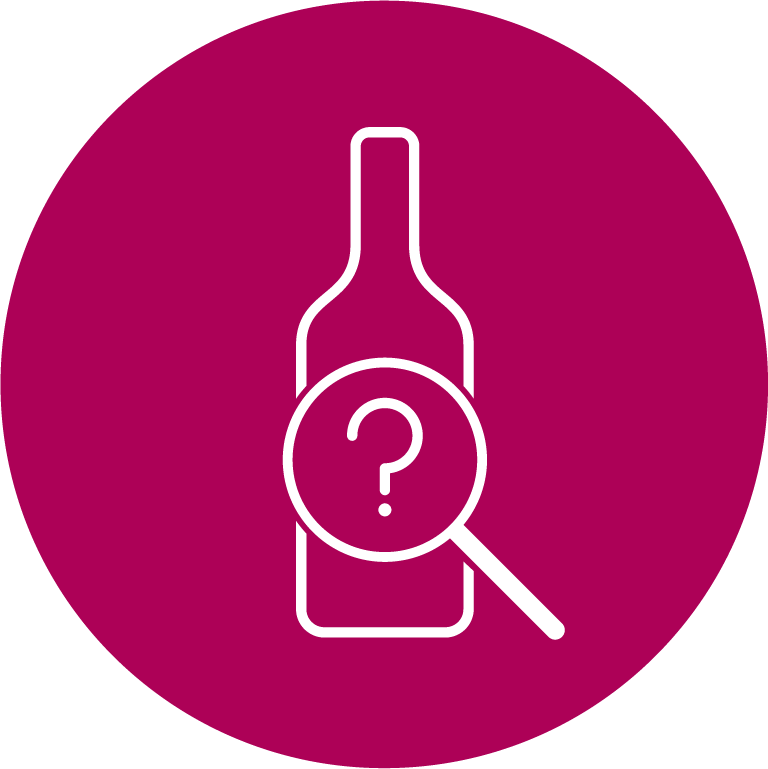Phonetically pronounced “Chak-hul-ee”, apart from being hard to pronounce and worth a huge numbers of points in scrabble, the main thing to note is Txakoli (or Txakolina) is not a grape, but a wine style.
Never heard of it? I wouldn’t be surprised. Even today many of these wines are made for, and consumed by, the local market with few wines being exported, but this is thankfully beginning to change.
Where is Txakoli from?
Spain. As you may have guessed by the presence of an ‘x’ after the ‘t’ in the spelling of Txakoli, this wine is from El Pais Vasco (otherwise known as the Basque region of northern Spain).
This cool, wet, maritime region is highly influenced its proximity to the Bay of Biscay. As a result vineyards here tend to be trained high (similar to pergolas), to allow the grapes to have good ventilation and prevent the risk of rot.
Txakoli has three sub-regions: of which the best known (and I use the term loosely) is Txakoli de Getaria which lies close to the gastronomic heartland of San Sebastián. The others are Txakoli de Bizkaia and Txakolí de Álava.
The Grape and wine style
The dominant grape is the high acid white variety Hondurabbi Zuri (worth even more in scrabble!) – but the wine can include a small percentage of the red Hondurabbi Beltza and even international varieties such as Riesling and Gros Manseng. A red and rosé Txakoli from Hondurabbi Beltza are also produced, but for this blog I am concentrating on the white version, for no other reason than I prefer it!
These are wines that are made for early consumption, there is traditionally no use of oak, the grapes are fermented at cool temperatures in stainless steel to maximise aromas and freshness. They are often bottled with a small amount of CO2 which accentuates the zippy freshness and provides a little frizzante sparkle.
There is increasing experimentation happening now, with lees ageing of some Txakoli adding a richness and structure to the zippy palate.
Did you know? In the bars of San Sebastián Txakoli is traditionally poured into tall glasses from shoulder height, this adds a bit of theatre to the occasion and accentuates the slight sparkle.
What does Txakoli taste like?

Low in alcohol (usually less than 12%) with a real lightness of touch on the palate, these wines are Spain’s answer to France’s Muscadet and Picpoul de Pinet and Portugal’s Vinho Verde.
In short, they are dry with zingy acidity and aromas of lemons and grapefruit with hints of white flowers and a noticeable salinity. Richer styles tend more to stone fruits (think peach). The freshness on the palate makes these wines hugely versatile with food, they pair equally as well with seafood as they do cured meats and olives – it’s no surprise the wine is so popular in the pintxos bars of San Sebastián.
I think these wines are perfect for summer drinking – refreshing, thirst quenching with the added benefit of a slight sparkle. For anyone who likes fresh, light whites this is a good option. You may not have heard of Txakoli before, but now you have no excuse! Gaintza is a producer worth looking for, they are one of the largest so most likely to be available here.
Next up “U” is for Uruguay.
